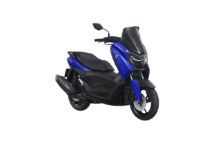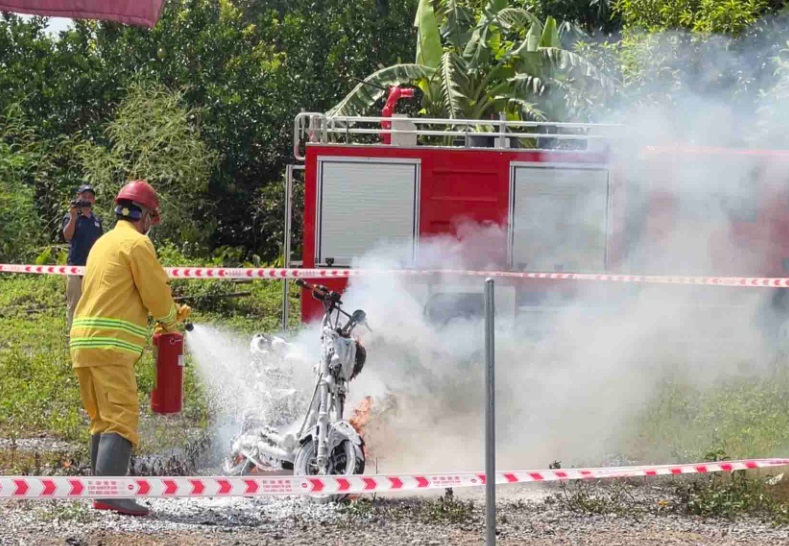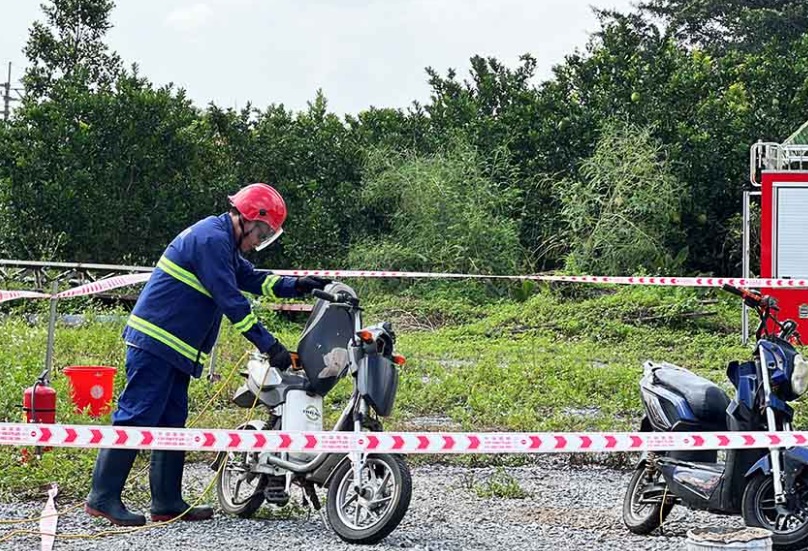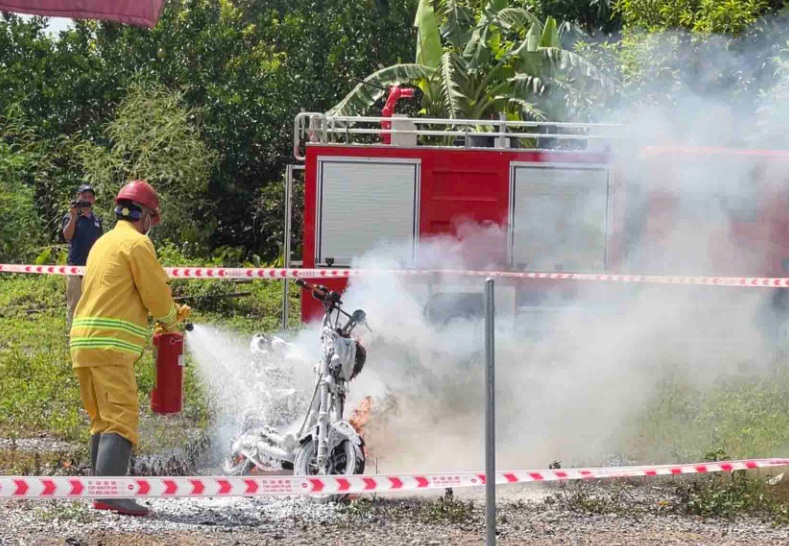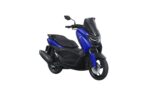Electric vehicles are gaining popularity and with that, the number of fire incidents involving these vehicles is also increasing. This poses a significant risk and insecurity for users.
Most electric vehicles use lithium-ion batteries, which are commonly found in electronic devices such as computers, phones, and cameras. These batteries are generally safe and have been proven to be reliable through extensive use in billions of devices worldwide.
However, similar to traditional fuel-powered vehicles, electric car batteries are also high-density energy storage devices, which means they carry the risk of fires and explosions if mishandled.
The causes of lithium-ion battery fires and explosions include mechanical impact, overcharging, and overheating. These factors can lead to the puncturing of separators between battery cells, resulting in a short circuit.
Lithium-ion battery fires are difficult to extinguish because they involve chemical reactions that don’t require oxygen. This makes conventional methods such as using wet blankets or sand to isolate the flames ineffective.
The Vietnam Fire and Rescue Association (VFRA) recently conducted tests to determine the effectiveness of various portable fire extinguishers in extinguishing electric vehicle battery fires.
On September 21, 2023, VFRA conducted firefighting tests on electric motorcycles and electric bicycles fitted with lithium-ion batteries using different portable fire extinguishers available on the market. These fire extinguishers were registered for testing by VFRA member companies.
The types of fire extinguishers used in the testing included sand fire extinguishers, powder fire extinguishers, and CO2 fire extinguishers.
In addition, VFRA also used certain portable fire extinguishers produced and registered for testing by VFRA member companies, such as the Eco Fire 6 water-based fire extinguisher, the F500 EA molecularly encapsulated water-based fire extinguisher, and the ORION OR-6 fire extinguisher, which utilizes the ORION compound fire extinguisher solution.
The testing process consisted of three steps:
Step 1: The battery block of the electric vehicle was directly heated at its designated position using an electric stove to ignite the battery block.
Step 2: The fire outbreak on the battery block spread throughout the vehicle, causing the battery cells to explode and scatter in surrounding areas. The temperature, time, and effectiveness of different fire extinguishers in extinguishing the fire were recorded. The temperature of the scattered battery cells was also measured and recorded.
Step 3: After the fire was extinguished, the temperature, time, fire extinguishing results, post-fire phenomena, and overall findings were recorded.
The testing process revealed that the measured temperature of the fires at the battery block before extinguishing was around 500-600 degrees Celsius.
During the fire, the lithium-ion battery cells exploded and scattered at a distance of over 30m, with an estimated height of 15m above the position of the electric vehicle. The scattered battery cells had a temperature of approximately 250 degrees Celsius.
Notably, portable fire extinguishers like powder fire extinguishers and CO2 fire extinguishers were unable to extinguish the fires.
Based on the tests, the F500 EA fire extinguisher, which uses a water-based fire extinguishing solution, was able to extinguish the fire within 2 minutes. After extinguishing the fire, there were no explosions, no smoke, and the temperature significantly decreased to below 60 degrees Celsius.
The ORION OR-6 fire extinguisher, which utilizes the ORION compound fire extinguisher solution, was able to extinguish the fire within 4 minutes. After extinguishing the fire, there were no explosions, no smoke, and the temperature significantly decreased to below 60 degrees Celsius.
The Eco Fire 6 water-based fire extinguisher was able to extinguish the fire within 4 minutes. After extinguishing the fire, the scattered battery cells still exploded and emitted smoke with a high temperature below 230 degrees Celsius.
In addition, damp sand was found to be effective in extinguishing the fire, but only under specific conditions. The association recommended that the vehicles should be positioned as close to the ground as possible, and even knocked down, before being covered with a significant amount of sand.
After testing various methods, VFRA identified only two types of fire extinguishers capable of extinguishing lithium-ion battery fires in electric motorcycles and electric bicycles. These are the F500 EA fire extinguisher, which uses a water-based fire extinguishing solution with molecular encapsulation technology, and the ORION OR-6 fire extinguisher, which utilizes the ORION compound fire extinguisher solution.
Furthermore, due to the high temperature and ejection of battery cells during the fire, users are advised to wear protective gear to ensure their safety during the fire extinguishing process.
TH (Tuoitrethudo)
Photos: VFRA


